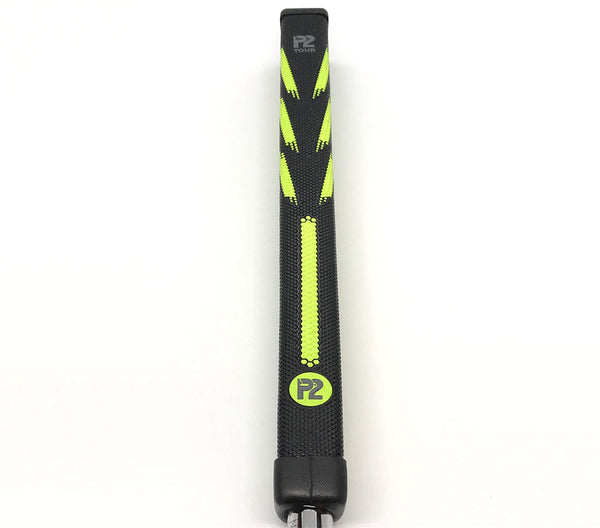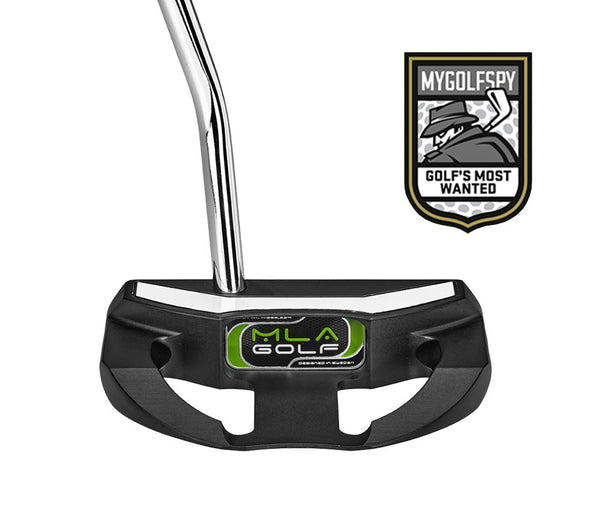
 Traditional pistol grips are increasingly uncommon. Of the 30 models tested, we would categorize five as being slight arc, one as strong arc, 23 as straight back straight through (face-balanced), and one as torque-balanced (toe-up). We want to understand what they liked, what they didn’t like, and why. While we do collect and share noteworthy portions of this subjective feedback, it does not factor in our rankings. We also solicit feedback from our testers. FIELD NOTESĭuring each test, we look for trends that provide us insight into where the market as a whole is moving, as well as what noteworthy changes manufacturers have made to improve year-over-year performance. If you're looking for a mallet this year, make sure the Ardmore is in your consideration set. Featuring an improved alignment system and aluminum Pure Roll Insert, the TP Ardmore Red-White ranked near the top in all three of our subjective feedback categories - looks, feel, and alignment. The TaylorMade TP Red-White Ardmore was again a strong performer, finishing second in our 2019 Most Wanted Mallet Test. PRODUCT SPOTLIGHT - Runner-Up: TaylorMade TP Red-White Ardmore On the other extreme, a face-balanced putter will have the face pointing to the sky when you balance it. This style putter is generally well suited for golfers who have more of a straight back straight through stroke. If you tend to have a large amount of opening and closing of the face, you’ll want to consider a heel shafted putter that allows for rotation – if you balance the putter on your two index fingers, the putter head should hang with the toe closer to 6 o’clock. TOE HANGĪs much as your tempo plays a factor into the right putter, so does the amount of arc in your stroke. Conversely, if your stroke is smoother and slower, a heavier, mallet-style putter might be your fit.
Traditional pistol grips are increasingly uncommon. Of the 30 models tested, we would categorize five as being slight arc, one as strong arc, 23 as straight back straight through (face-balanced), and one as torque-balanced (toe-up). We want to understand what they liked, what they didn’t like, and why. While we do collect and share noteworthy portions of this subjective feedback, it does not factor in our rankings. We also solicit feedback from our testers. FIELD NOTESĭuring each test, we look for trends that provide us insight into where the market as a whole is moving, as well as what noteworthy changes manufacturers have made to improve year-over-year performance. If you're looking for a mallet this year, make sure the Ardmore is in your consideration set. Featuring an improved alignment system and aluminum Pure Roll Insert, the TP Ardmore Red-White ranked near the top in all three of our subjective feedback categories - looks, feel, and alignment. The TaylorMade TP Red-White Ardmore was again a strong performer, finishing second in our 2019 Most Wanted Mallet Test. PRODUCT SPOTLIGHT - Runner-Up: TaylorMade TP Red-White Ardmore On the other extreme, a face-balanced putter will have the face pointing to the sky when you balance it. This style putter is generally well suited for golfers who have more of a straight back straight through stroke. If you tend to have a large amount of opening and closing of the face, you’ll want to consider a heel shafted putter that allows for rotation – if you balance the putter on your two index fingers, the putter head should hang with the toe closer to 6 o’clock. TOE HANGĪs much as your tempo plays a factor into the right putter, so does the amount of arc in your stroke. Conversely, if your stroke is smoother and slower, a heavier, mallet-style putter might be your fit. 
According to PING, if you tend to have a quicker tempo putting stroke, a lighter, blade style putter might suit your game. MALLETĬhoosing between a blade and a mallet should come down to both personal preference and your natural putting stroke tempo. A fitting specialist can help determine the proper loft for your putter. We always recommend getting fitted for a putter. If you have too much, or too little loft, your ball may either hop or dig into the ground, making distance control inconsistent.

Loft may affect the distance of your putt more than the direction, and speed control is extremely important in putting. You want to choose a putter that will allow you to have a relaxed set-up based on how you address the ball. Typical stock putters are either 34″ or 35″ in length however, many golfers will better fit into a shorter length putter. The length of your putter can affect both your ability to control distance and direction.







 0 kommentar(er)
0 kommentar(er)
